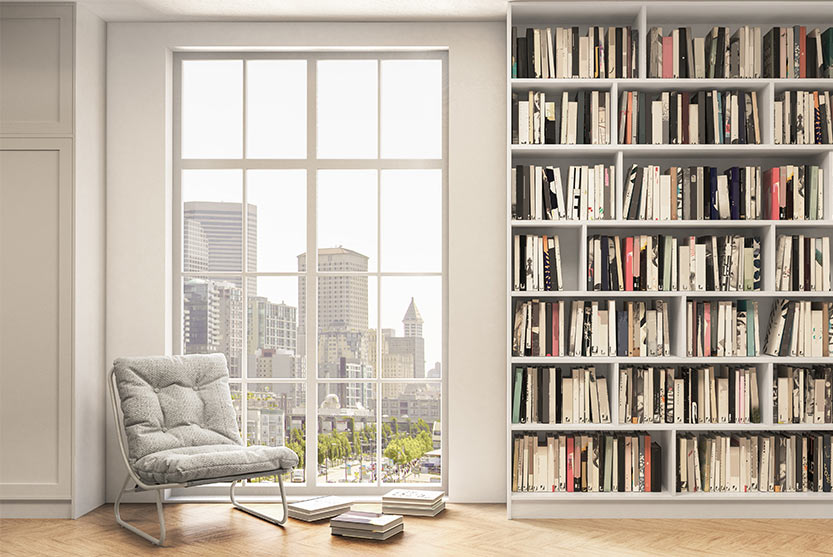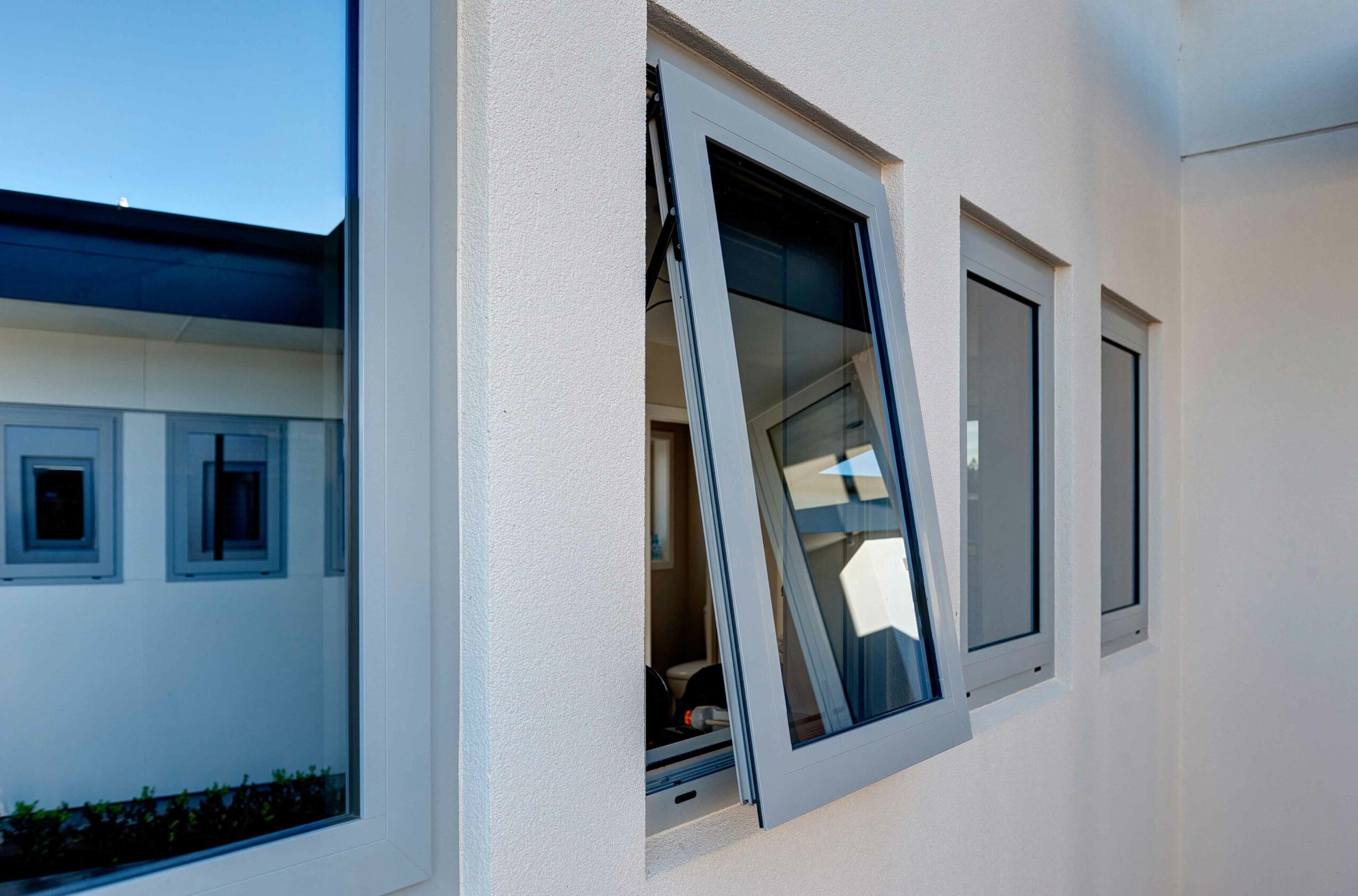Know your glass
In New Zealand, buildings must meet specific energy efficiency standards, which vary across the country. For most homes, that will mean single glazing may not satisfy the standard, and instead, you will need to use insulated glass units (or IGU).
Then there are different types of glass upgrades to suit your needs or circumstances.
A Double Glazed Unit (DGU) is made up of:
- N2 or more panes of glass (of which there are varying types and thicknesses to choose from)
- NWith the space between the panes of glass filled with air or an inert gas
- NHeld apart by a spacer (standard and thermally improved options are available)
-
NSealed around the edges
Choosing the right glass
The right glass can maximise light, reduce heat loss, provide sound protection and minimise fading of your furnishings.
Depending on your individual needs and wishes, there may be a number of glass options right for you.
Here are some things to consider.

Privacy Glass
You may wish to consider the areas of your home where privacy is important. There are a number of glass options that can provide more privacy to areas such as bathrooms or windows that are close to neighbours or roads.

Low E Glass
High performance glass solutions, for example, Low-e combined with argon gas, help create a living environment that’s completely comfortable – making your home feel ‘just right’.

Safety Glass
Safety glass has additional safety features that make it less likely to break, or less likely to pose a threat when broken. It can also offer superior sound and fading control.

Fading
Minimise fading of your furnishings, carpets, curtains and artwork with glass that can decrease the amount of UV, visible light and heat that passes through your windows.

Sound Reducing
Provides an extra level of comfort by reducing noise within the home; without compromising light or style. An excellent solution for homes close to busy roads or anywhere where excessive noise is an issue.

Condensation
With the right conditions, condensation will form on any surface, but it’s often more visible on windows. We’re here to help you understand what causes condensation, and how to reduce it.
See which glass best suits your needs.
Warmer home
Low-E
Toughened Glass
Laminated Safety Glass
Laminated Acoustic Glass
Tinted Glass
Patterned / Opaque Glass
Cooler home in summer
Low-E
Toughened Glass
Laminated Safety Glass
Laminated Acoustic Glass
Tinted Glass
Patterned / Opaque Glass
Reduce condensation
Low-E
Toughened Glass
Laminated Safety Glass
Laminated Acoustic Glass
Tinted Glass
Patterned / Opaque Glass
Reduce noise
Low-E
Toughened Glass
Laminated Safety Glass
Laminated Acoustic Glass
Tinted Glass
Patterned / Opaque Glass
Reduce fading furnishings & carpet
Low-E
Toughened Glass
Laminated Safety Glass
Laminated Acoustic Glass
Tinted Glass
Patterned / Opaque Glass
Reduce glare
Low-E
Toughened Glass
Laminated Safety Glass
Laminated Acoustic Glass
Tinted Glass
Patterned / Opaque Glass
Security
Low-E
Toughened Glass
Laminated Safety Glass
Laminated Acoustic Glass
Tinted Glass
Patterned / Opaque Glass
Extra Privacy
Low-E
Toughened Glass
Laminated Safety Glass
Laminated Acoustic Glass
Tinted Glass
Patterned / Opaque Glass
Know our terminology
R Value
The thermal resistance of the total window system (including glass, spacer and joinery type). The higher the R-value, the less heat that is lost through the system and the better the insulation.
Argon
A noble gas used inside a double or triple glazed unit. It restricts the transfer of heat and provides greater insulation.
Low-Emissivity (low-e) Glass
An almost invisible coating lets light and energy into your home and reflects heat back indoors, forming a shield against the cold. In warmer climates low-e glass can be used to keep heat out.
Visible Light Transmission
The percentage of visible light transmitted through the glass. The higher the VLT, the more natural light enters the room.



